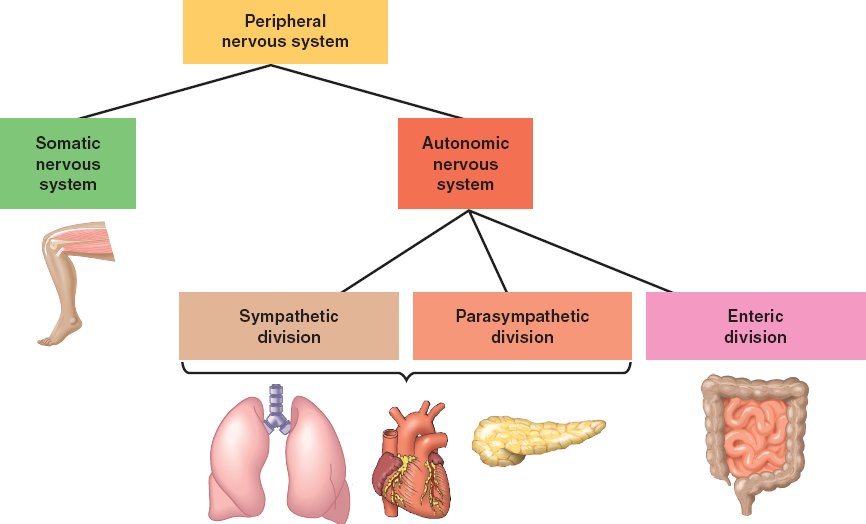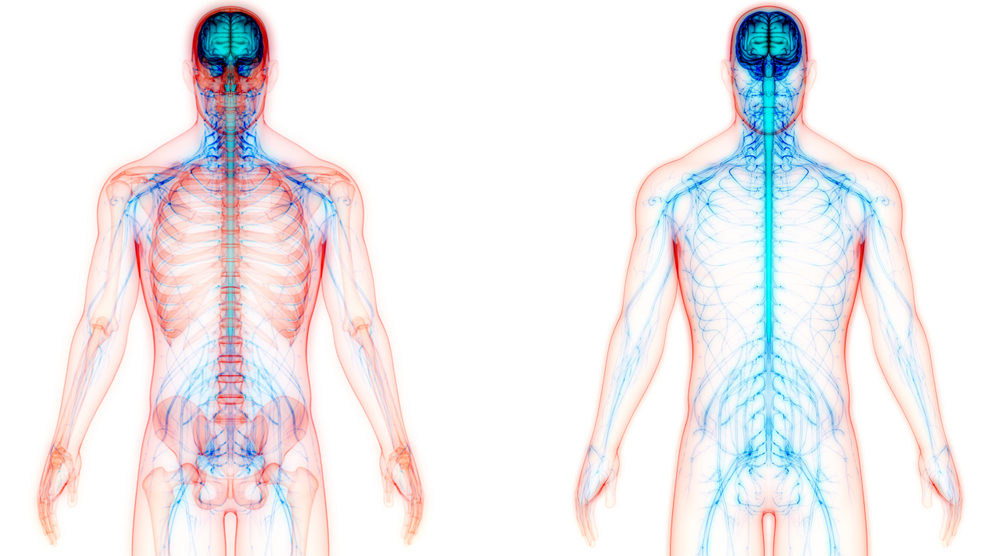

Its complexity points to one undeniable fact-that it has evolved slowly over time from simpler forms. Many scientists and thinkers ( Cajal, 1937 Crick & Koch, 1990 Edelman, 2004) believe that the human nervous system is the most complex machine known to man. Explain what lessons we learn from the evolutionary history of this organ. Describe the reasons for studying different nervous systems in animals other than human beings.Understand which of these techniques are important for cognitive neuroscientists. Learn and describe different techniques of studying the nervous system.Explain the two systems in the peripheral nervous system and what you know about the different regions and areas of the central nervous system.Learn and understand the two important parts of the nervous system.Describe and understand the development of the nervous system.To study the nervous system, a number of methods have evolved over time these methods include examining brain lesions, microscopy, electrophysiology, electroencephalography, and many scanning technologies. The central nervous system is divided into forebrain, midbrain, and hindbrain, and each division performs a variety of tasks for example, the cerebral cortex in the forebrain houses sensory, motor, and associative areas that gather sensory information, process information for perception and memory, and produce responses based on incoming and inherent information. The peripheral nervous system controls volitional (somatic nervous system) and nonvolitional (autonomic nervous system) behaviors using cranial and spinal nerves. The nervous system is divided into central and peripheral nervous systems, and the two heavily interact with one another. In addition, studying the development of the nervous system in a growing human provides a wealth of information about the change in its form and behaviors that result from this change.

Comparative study of physiological functioning in the nervous systems of different animals lend insights to their behavior and their mental processing and make it easier for us to understand the human brain and behavior. The original design of this system is preserved across many animals through evolution thus, adaptive physiological and behavioral functions are similar across many animal species. In invertebrates, the response could be excitatory or inhibitory.The mammalian nervous system is a complex biological organ, which enables many animals including humans to function in a coordinated fashion. In vertebrates, the response of skeletal muscle cells to neurotransmitters is always excitatory.

The association nerves are nerves that integrate sensory input and motor output. The cranial nerves are nerve fibers carrying sensory information into and from the brain stem. The spinal nerves are nerves carrying impulses from the spinal cord. In humans, the somatic nervous system is comprised of three parts: (1) spinal nerves, (2) cranial nerves, and (3) association nerves. The somatic nervous system has two main types of nerves: afferent nerves and efferent nerves. The autonomic nervous system is associated with involuntary muscle movements whereas the somatic nervous system is associated with voluntary muscle movements. These are the autonomic nervous system and the somatic nervous system. There are two main parts of the peripheral nervous system. Its main function is to relay information between the central nervous system and the extremities and organs. The peripheral nervous system is part of the nervous system. The part of the peripheral nervous system that consists of afferent nerves responsible in relaying motor and sensory information to and from the central nervous system and efferent nerves responsible in stimulating voluntary muscle movements


 0 kommentar(er)
0 kommentar(er)
